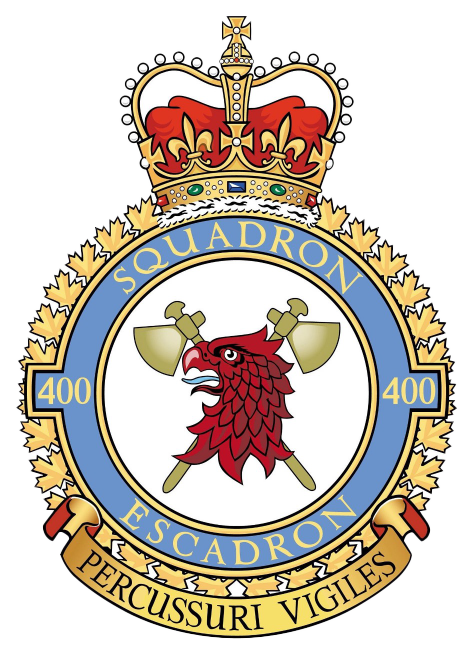
History of 400 Squadron
No. 400 Squadron, originally No. 110 "City of Toronto" Squadron in 1932, evolved into its distinguished form in 1943, symbolizing adaptability. Its narrative spans Europe, using Lysanders, Mustangs, Spitfires, Mosquitos, and Tomahawks during WWII for versatile reconnaissance, crucial in Allied invasion planning.
The emblem, an eagle for reconnaissance and tomahawks for historical aircraft, embodies vigilance and readiness. Noteworthy for photographic reconnaissance, the squadron documented post-Allied air attacks on German V-1 sites and aided the British Second Army in Northwest Europe.
In combat, the squadron excelled, securing victories against enemy aircraft and targets. Individuals like F/L F.E.W. Hanton and F/L D.M. Grant showcased courage and skill. Honored for contributions in Fortress Europe, Dieppe, Normandy, Arnhem, and the Rhine, their 3,000 sorties and 4,800 flying hours supported crucial Allied operations.
The badge's symbolic elements represent the squadron's essence, emphasizing vigilance and historical ties. No. 400 Squadron's journey reflects adaptability and resilience, solidifying its pivotal role in Canadian aviation history.

